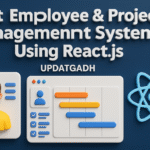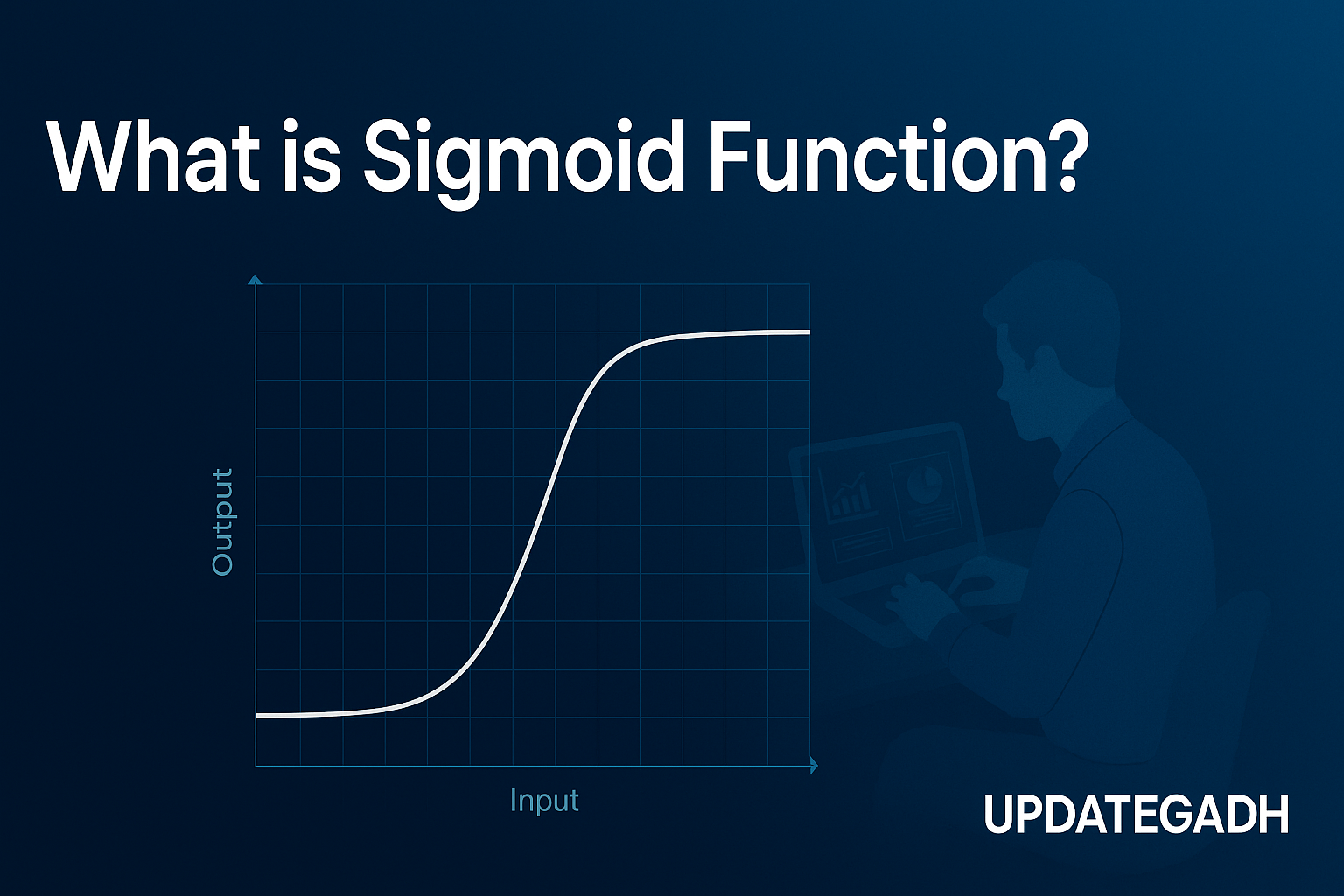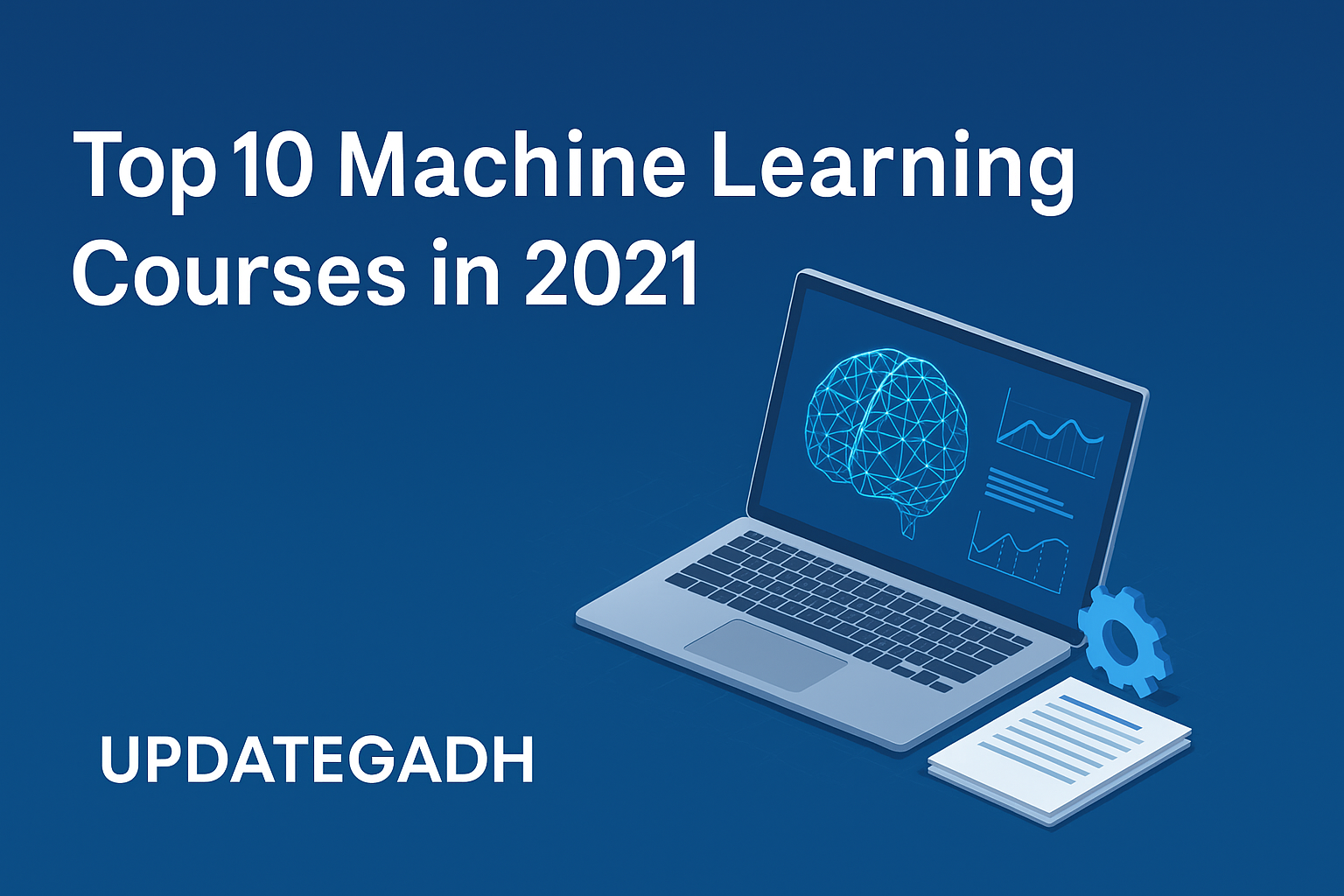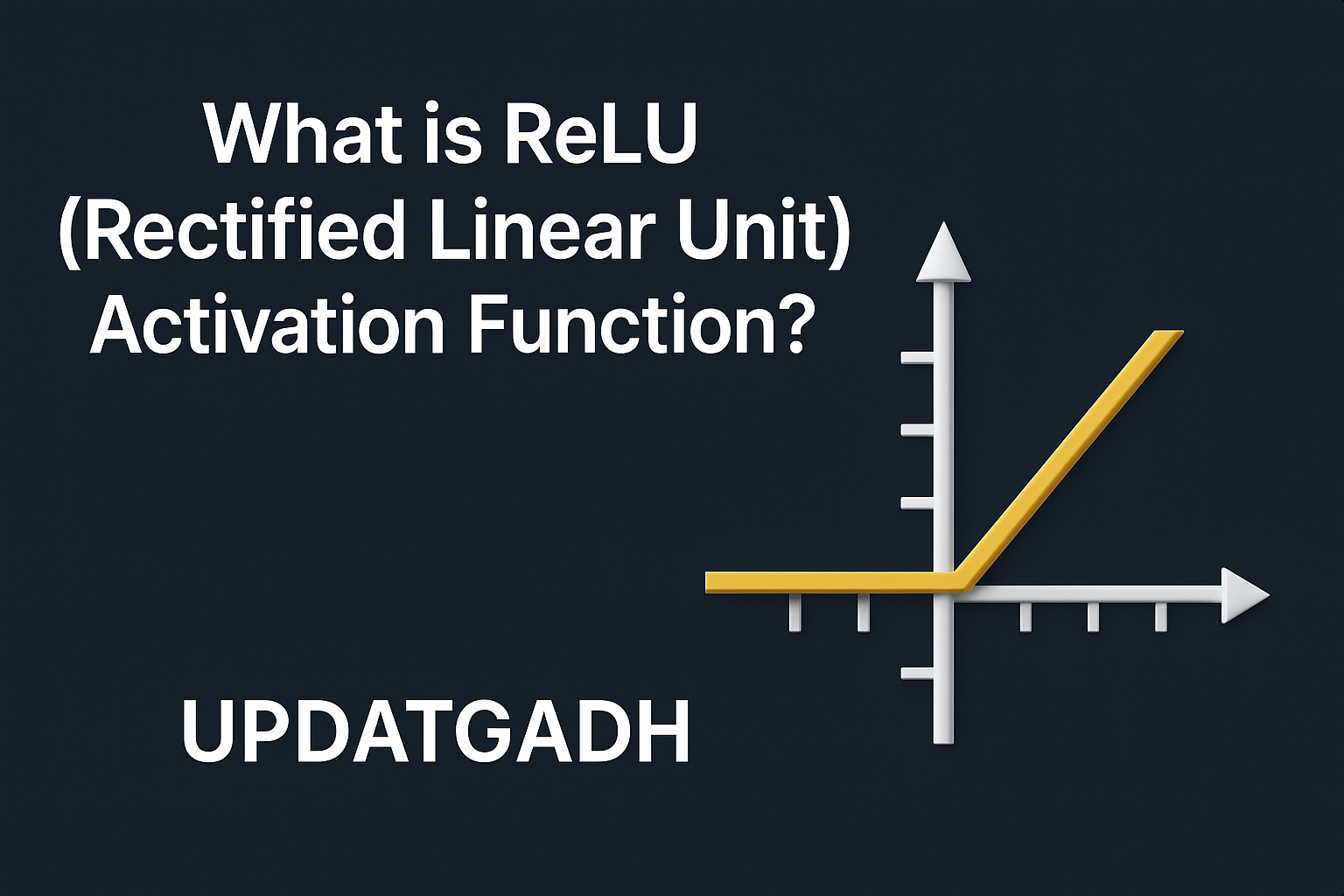
Association Rule Learning Explained: A Key Technique in Unsupervised Machine Learning
Association Rule Learning
In the vast field of machine learning, Association Rule Learning stands out as a powerful unsupervised learning technique. It focuses on identifying interesting relationships, patterns, or associations among variables within large datasets. Whether it’s used in retail to analyze purchasing behavior or in healthcare to track symptom correlations, this technique reveals insights that would otherwise remain hidden.
Let’s dive into the fundamentals of association rule learning and how it powers intelligent decision-making in modern data-driven systems.
Complete Python Course with Advance topics:-Click Here
SQL Tutorial :-Click Here
Data Science Tutorial:-Click Here
🔍 What is Association Rule Learning?
Association Rule Learning is a technique used to discover dependencies or patterns between variables. It works by finding associations like “If item A is purchased, then item B is likely to be purchased too.” These insights are extremely valuable for businesses, especially in domains like:
- Market Basket Analysis
- Web Usage Mining
- Medical Diagnostics
- Inventory Management
Example Scenario:
Consider a grocery store where people frequently purchase milk and butter in addition to bread. Based on this pattern, the store places these items close to each other on shelves to increase sales—a strategy born from association rule learning.
⚙️ How Does It Work?
An “IF-THEN” statement is similar to how Association Rule Learning operates.
IF A (antecedent), THEN B (consequent)
For instance:
IF a person buys a smartphone, THEN they are likely to buy a phone case.
The antecedent is the item(s) found in the dataset, and the consequent is the item(s) that are expected to follow.
These rules can be of single or multiple cardinality, depending on how many items are involved. To determine the strength and usefulness of these rules, we use three important metrics:
📐 Key Metrics in Association Rule Learning
✅ 1. Support
The frequency with which an item or itemset appears in the dataset is referred to as support.
Formula:
Support(X) = (Total number of transactions / (Number of transactions containing X))
This aids in assessing a product’s or itemset’s level of popularity.
✅ 2. Confidence
Confidence measures how often a rule is true when the antecedent occurs.
Formula:
Confidence(X ⇒ Y) = Support(X ∪ Y) / Support(X)
In simpler terms, it tells us how reliable the rule is when making predictions.
✅ 3. Lift
The strength of a rule over chance is assessed using lift.
Formula:
Lift(X ⇒ Y) = Confidence(X ⇒ Y) / Support(Y)
- If Lift = 1, X and Y are independent
- If Lift > 1, X and Y are positively correlated
- If Lift < 1, X and Y are negatively correlated
Lift helps in identifying interesting and actionable patterns.
🧠 Types of Association Rule Learning Algorithms
There are three main algorithms used to implement Association Rule Learning:
1. Apriori Algorithm
- Works by identifying frequent itemsets in a transaction dataset.
- Uses a breadth-first search strategy with a Hash Tree to reduce computation.
- Commonly used in market basket analysis and healthcare for drug interaction discovery.
2. Eclat Algorithm
- Stands for Equivalence Class Transformation.
- Uses depth-first search and intersection-based techniques to find frequent itemsets faster than Apriori.
- Preferred for large and complex datasets.
3. F-P Growth Algorithm
- Stands for Frequent Pattern Growth.
- Builds a Frequent Pattern Tree (FP-Tree) to represent data and mine it without candidate generation.
- More efficient and scalable than Apriori, especially for big data.
🌐 Real-World Applications of Association Rule Learning
- 🛒 Market Basket Analysis:
Widely used in retail to group frequently bought items together. - 🏥 Medical Diagnosis:
Identifies common symptoms and diseases for early intervention and treatment plans. - 🧬 Protein Sequence Analysis:
Helps in designing synthetic proteins based on association of amino acids. - 📘 Catalog Design:
Helps companies in structuring product catalogs based on customer preferences. - 📉 Loss-Leader Analysis:
Identifies which low-profit products can attract customers to purchase other profitable items.
Download New Real Time Projects :-Click here
Complete Advance AI topics:- CLICK HERE
📝 Conclusion
Association Rule Learning is a cornerstone in machine learning and data mining, offering actionable insights by uncovering hidden patterns within large datasets. From increasing retail sales to enhancing patient care, its impact is far-reaching.
At Updategadh, we believe that understanding such core machine learning techniques is crucial for any aspiring data scientist or professional aiming to harness the power of data.
Stay tuned for our next post, where we will explore each algorithm—Apriori, Eclat, and F-P Growth—in detail!
association rule learning in machine learning
association rule learning example
association rule mining
association rule learning geeksforgeeks
association rule learning python
association rule learning algorithms
association rule mining example
association rule learning apriori algorithm










Post Comment